The Dinosaur Era: When Dinosaurs Dominated
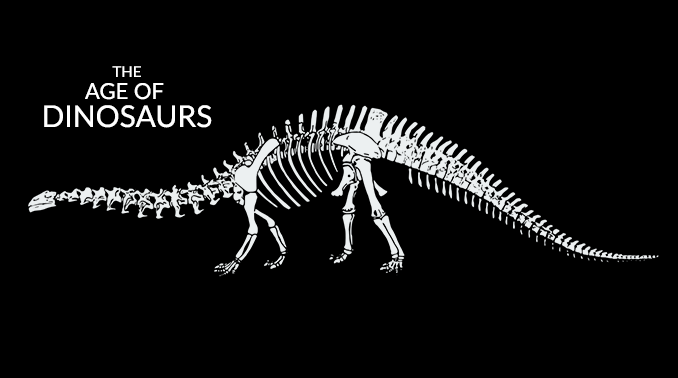
“Think about it for a second: If you could rewind the clock 230 million years back, dinosaurs dominated the land. They didn’t reign for just a short period of time. But they lived for over 175 million years.”
Today, we unearth dinosaur fossils of unfathomable size. And we live to tell stories about how extraordinary they were. These remarkable findings allow us to learn about the diverse array of dinosaurs that once roamed the planet.
From massive, long-necked sauropods to swift and cunning predators like Tyrannosaurus rex, each one sparks our imaginations and deepens our understanding of the incredible creatures that once ruled the prehistoric world.
But how did they get so big? And what was their demise? In this article, you’ll learn about the era of dinosaurs.
What is the lineage of dinosaurs?
If you turn back the clock 252 million years back, dinosaurs didn’t exist. But ideal conditions were shaping up for dinosaurs. Earth’s climate was much hotter and drier. Eventually, rainforests collapsed and deserts swept the land.
Amphibians already partially evolved to land conditions. But reptiles were different because they could lay their hard-shelled eggs on land and travel long distances. Overall, reptiles cut ties with the ocean and adapted to the drier land conditions.
Reptiles gained an ecological advantage because there was less competition for food in dryland conditions. This triggered the start of the age of reptiles. And dinosaurs are just evolved reptiles.
“Like a family tree, we can trace the lineage of dinosaurs back to reptiles. This is because the first reptiles split into a group called archosaurs. Then, archosaurs split further into dinosaurs.”
The era of dinosaurs

Welcome to the era of dinosaurs. As desert-like conditions began to spread, dinosaurs (terrible lizards in Greek) began to evolve on the supercontinent of Pangaea. Similar to reptiles, they had scaly skin and hatched eggs like reptiles.
- ARCHOSAURS: Dinosaurs rose from archosaurs. For example, the first fossil record is from the “Nyasasaurus”. This proto-dinosaur first appeared in Tanzania about 231.4 million years ago.
- THEROPODS: About 230 million years ago, dinosaurs branched off into two-legged “Theropods” and long-necked “Sauropods”. At the same time, a different group of reptiles “Pterosaurs” took flight in the sky.
- ICHTHYOSAURS: Finally, a group of marine reptiles “Ichthyosaurs” dominated the sea. Next, the “Plesiosaurus” had four fins, a stubby tail and a snake-like neck.
In the Triassic period, a variety of dinosaurs ruled the land, sea, and sky. Next came the Jurassic Period and that is when the reign of dinosaurs reached its peak level of dominance.
For the next 160 million years, dinosaurs were the reigning land vertebrates on Earth. This existed until the Cretaceous-Paleogene extinction.
Why did gigantism exist in dinosaurs?
If you want to understand gigantism in dinosaurs, you have to understand the environment they lived in. Conifers filled the landscape. Oxygen levels increased to 35% compared to 21% today.
A previous theory is that the enormous frame of dinosaurs correlated with oxygen content in the atmosphere. But we mostly attribute the biology and evolutionary pressure for which these reptile-like mammals grew extraordinarily in size.
- DINOSAUR EGGS: For example, dinosaurs laid small eggs on land. This allowed baby dinosaurs to grow outside their mother’s bodies. Unlike humans, babies are constrained to the size of their mothers.
- AIR SACS: Also, dinosaurs had sacs of air in their frame which helped expand their size and shape. But mammals have dense, heavy bones that limit our size.
- ECOLOGICAL ADVANTAGE: Lastly, dinosaurs that were larger gained an ecological advantage. For example, dinosaurs with longer necks could reach higher for food. Like an evolutionary arms war, the larger, carnivorous dinosaurs at the top of the food chain gained a significant energy advantage.
But throughout history, bigger is not always better. The only survivor is feathered dinosaurs which are the birds we see flying today.
What happened during the Cretaceous–Paleogene (K–Pg) extinction event?
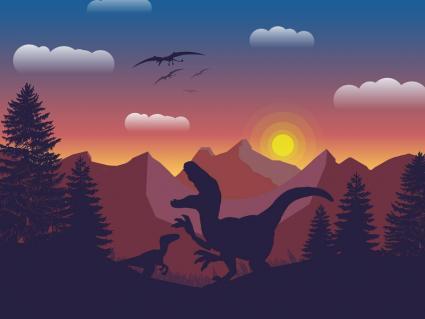
About 66 million years ago, 75% of species became extinct during the Cretaceous–Paleogene Extinction. Rates of extinction broadly swept the land, sea, and air. In the oceans, ammonites disappeared.
All non-avian dinosaurs became extinct. But avian dinosaurs survived because it was birds that descended from theropod dinosaurs. Eventually, mammals emerged as dominant large land animals.
The cause of this extinction event was an asteroid impact which left an impact called the Chicxulub Crater. Also, giant floor basalts aggravated called Deccan Traps.
“Ultimately, the demise of dinosaurs was a 6-mile wide asteroid known as the Cretaceous–Paleogene extinction event. Temperatures began to plummet because a dust cloud blocked the sun.”
The Dinosaur Era: When Dinosaurs Dominated
The Dinosaur Era is a time period when dinosaurs dominated the Earth. Dinosaurs were dominant in terms of size, evolution, and power.
The Age of the Dinosaurs began roughly 230 million years ago and went up 65 million years ago, making them one of Earth’s most successful creatures ever.
Or do you have any questions about the dinosaur era? Please give us a comment below and let us know what’s on your mind.




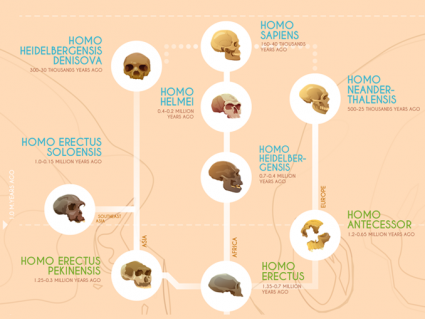


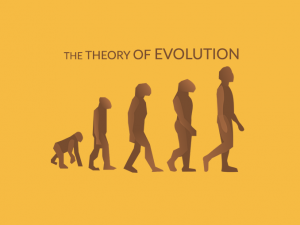


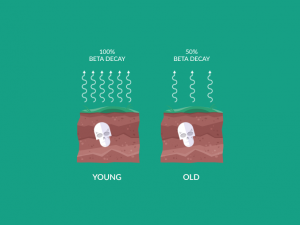


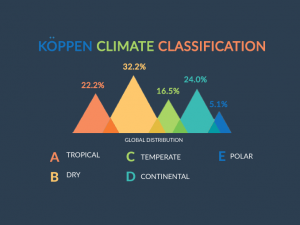
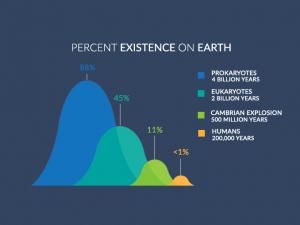
What was the total population of dinosaurs at their peak?
Right now, humans are about 8 billion. Ants are in the trillions.
How many dinosaurs? Were they running into each other? How about density?
Thanks, I fixed it to “reptiles.
Your text is wrong when you say “At the same time, another group of dinosaurs “Pterosaurs” took flight in the sky”. Pterosaurs were not dinosaurs.